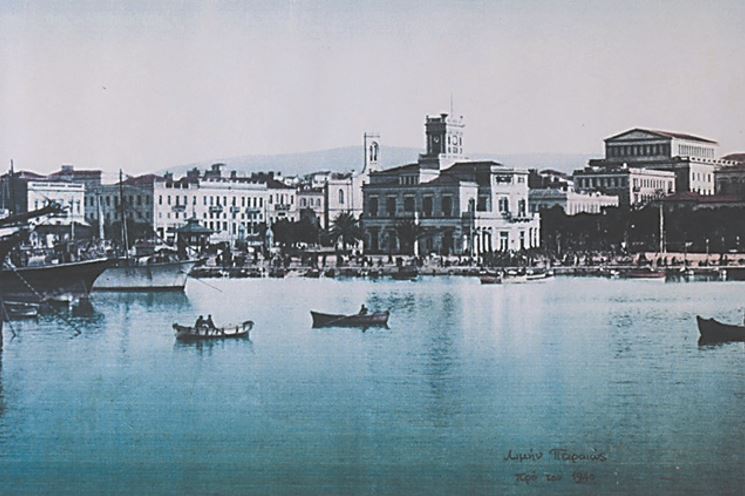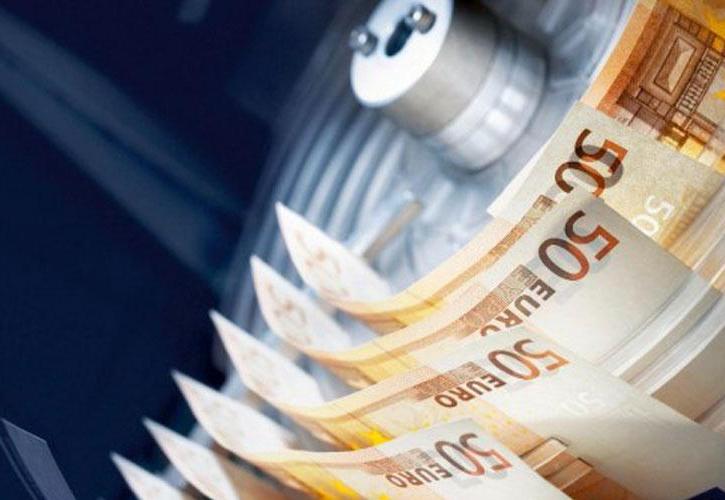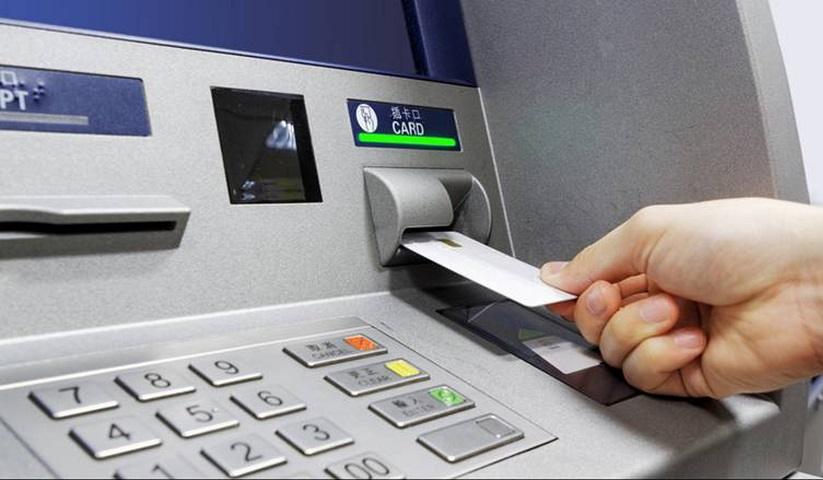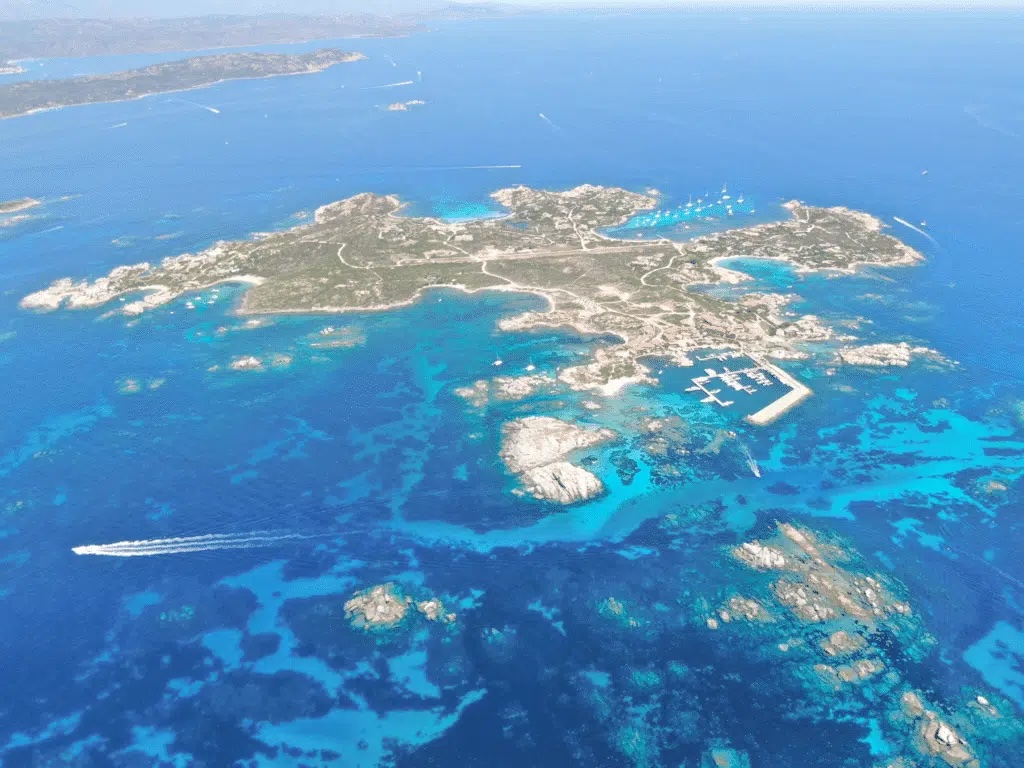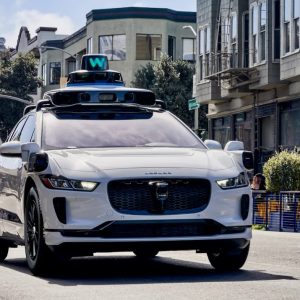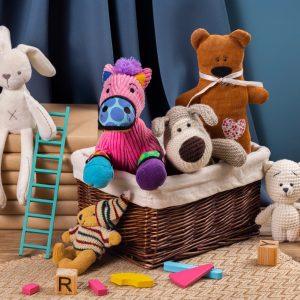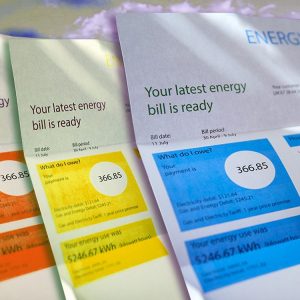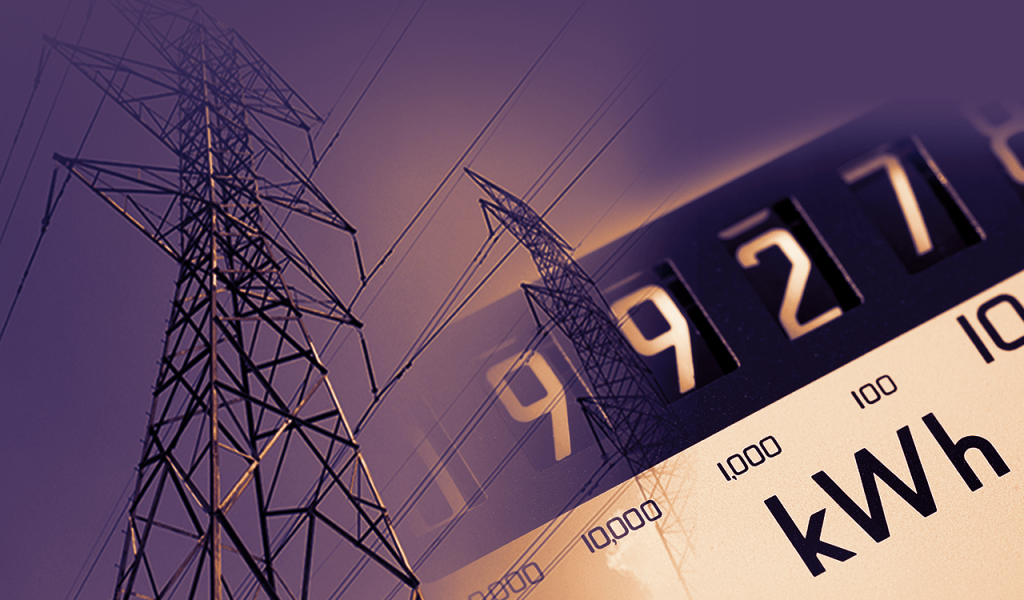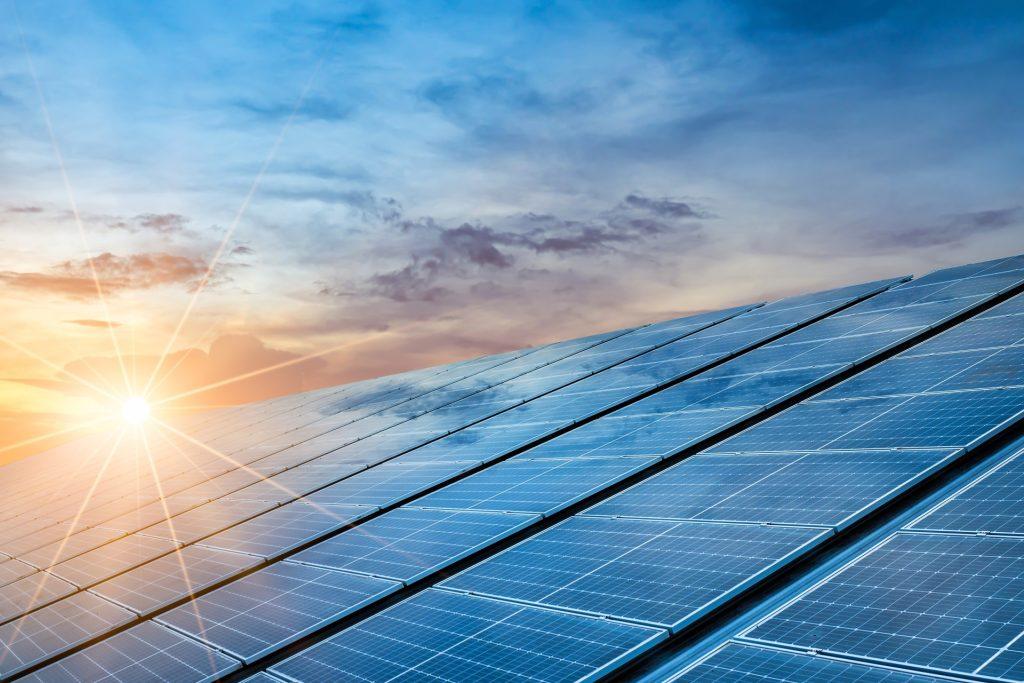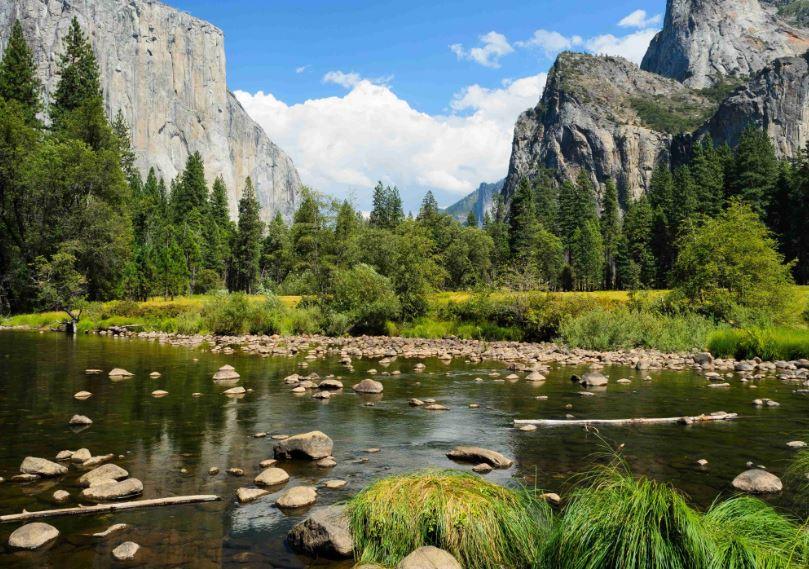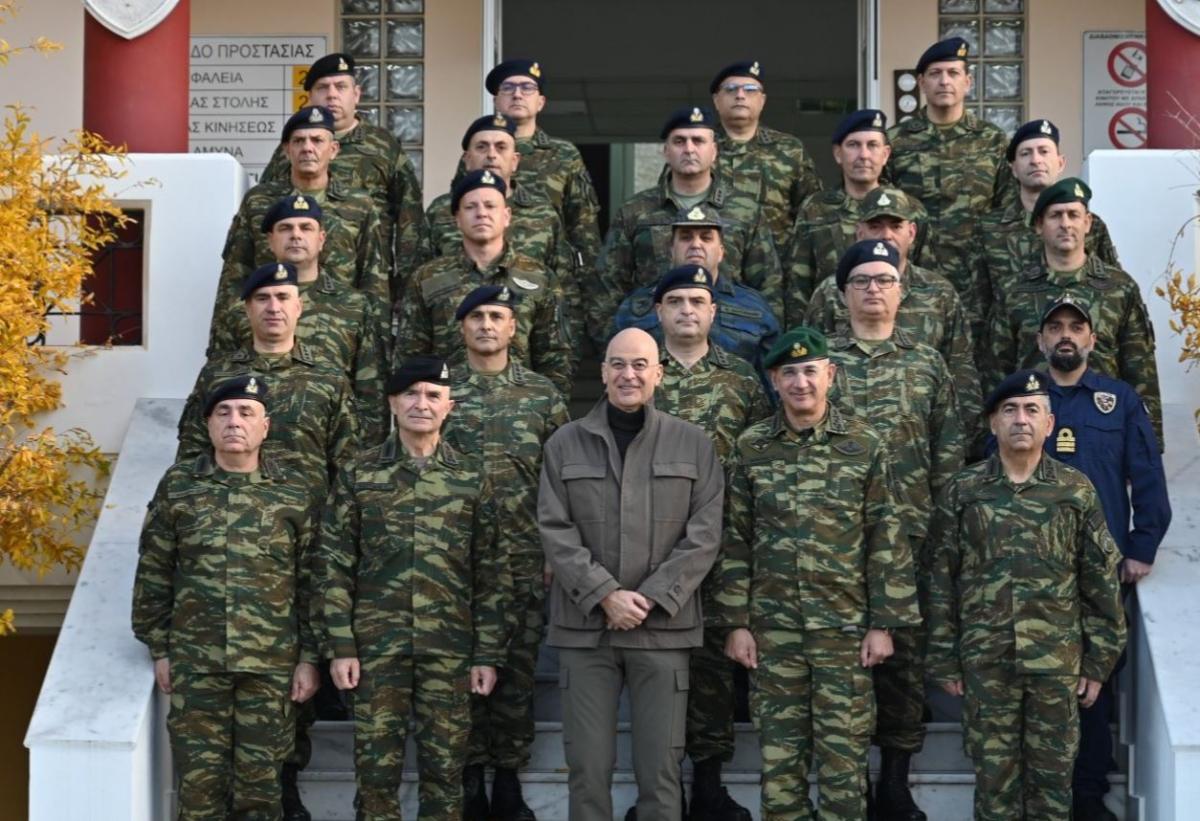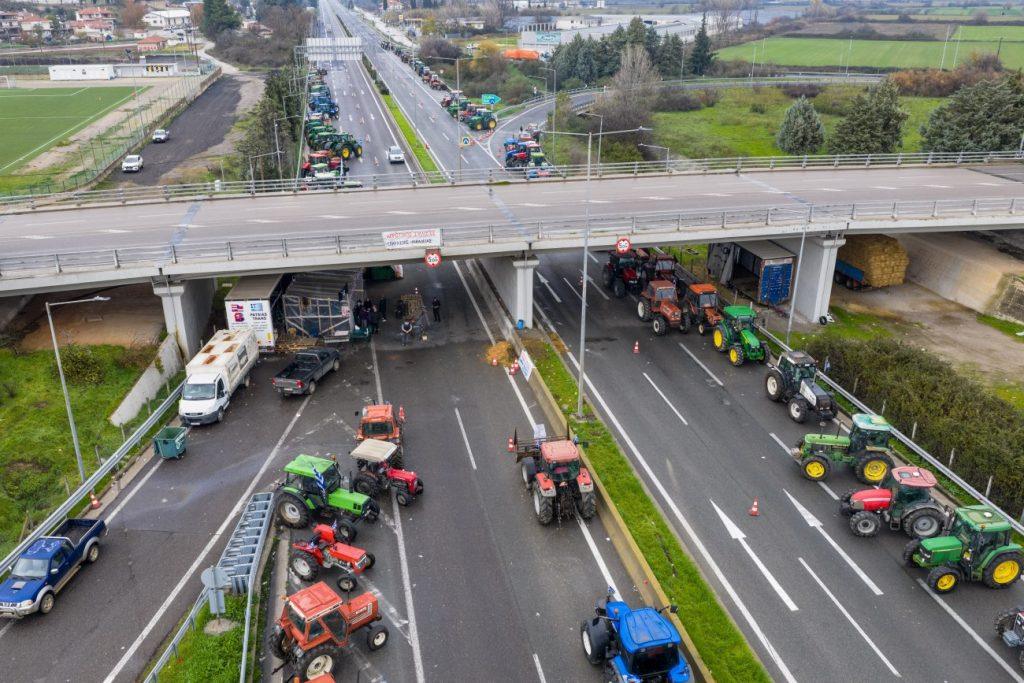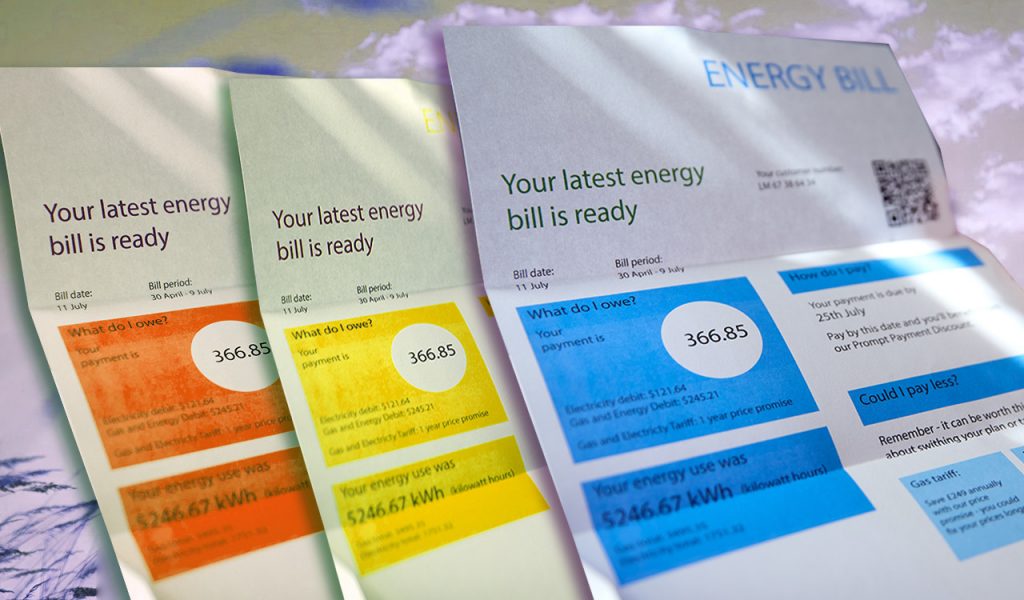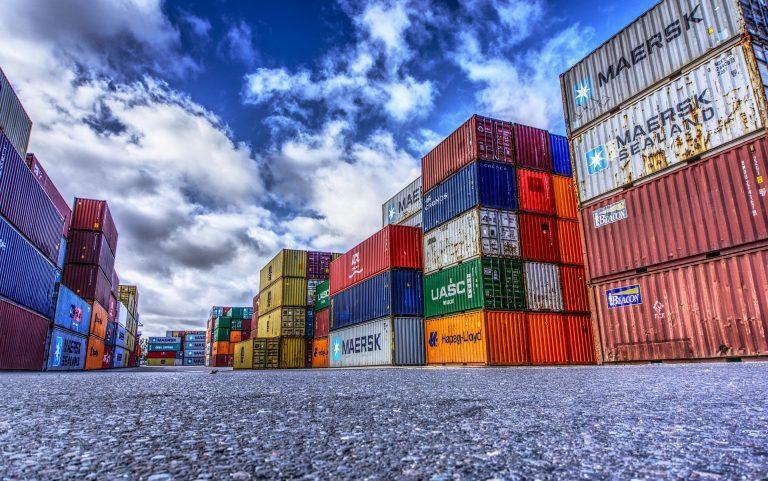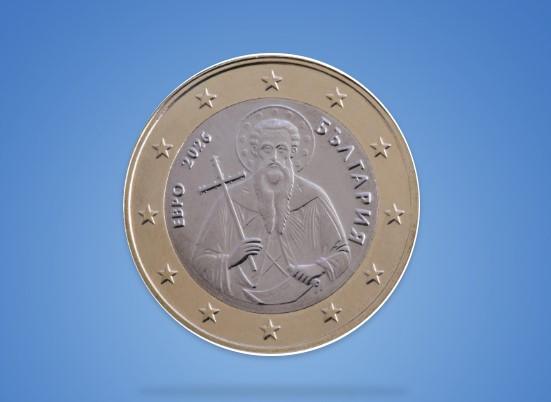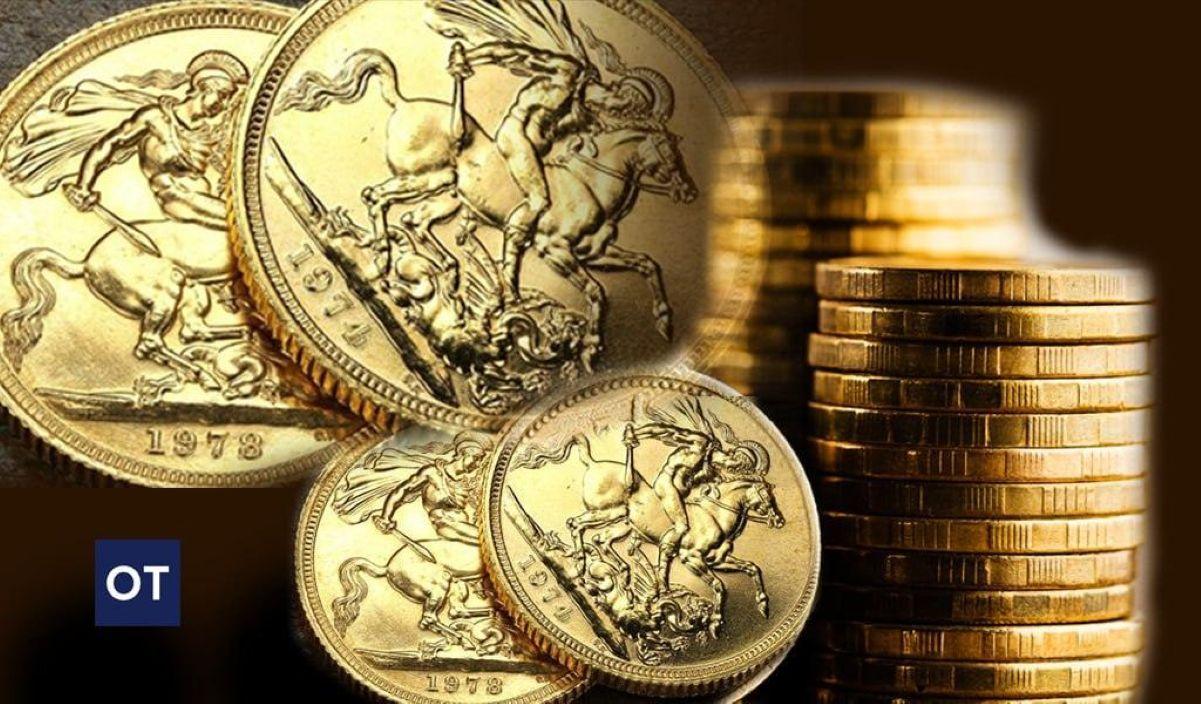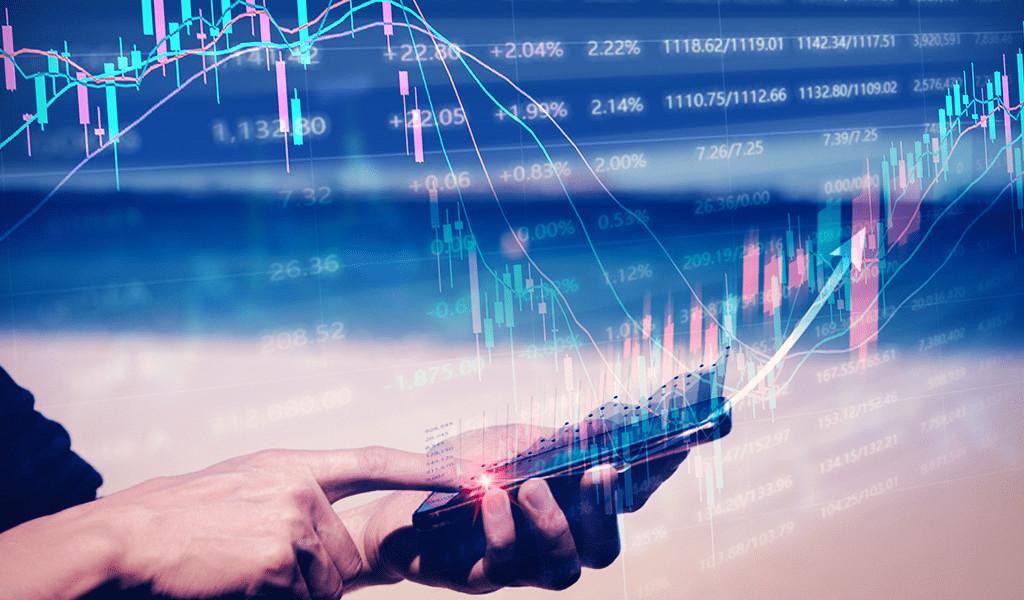The first inhabitants of Piraeus were Pelasgi, Carians, Leleges, Phoenicians, Cretans, Thracians, but mainly Minyans, traces of whom are found approximately during the middle of the 3rd millennium B.C.
Piraeus was proclaimed a municipality in 517 BC during the administrative reform of Cleisthenes, but began to flourish after the Battle of Marathon. Themistocles, being insightful, pointed out that only “the wooden walls,” that is, the formation of an important naval fleet, would save Athens from enemy attacks, while allowing it to become a great naval power and the port would be the centre of trade.
The first development projects for the creation of the city and the formation of the fleet began in 493 BC, during the reign of Themistocles. The Persian invasion dictated the reconstruction of the city after 451 BC, even though the Greeks finally prevailed in the Battle of Salamis in 480 BC. Periklis commissioned Hippodamus of Miletus, circa 460 BC, for the urban planning study of the city, which was a model for all the cities of the classical era; while adorned with brilliant private and public buildings, a great war and commercial fleet is being built in its tarsanades. Its parallel economic development highlights Piraeus as the most important port in the Mediterranean and a major commercial centre, a key factor in the development of Athens, since it offers security, commercial and economic prosperity, as well as unprecedented maritime supremacy.
The defeat of Athens during the Peloponnesian War in 404 BC determined the fate of Piraeus, which began to decline until 86 BC, when with the invasion of the Romans, Silas destroyed it completely.
The city with three natural ports, Kantharos or central port, the port of Zea and the port of Munichia, will experience decline for many centuries. In fact, due to the marble lion that was in the cove of the harbour, its name will be changed to Porto Leone, Porto Draco and Aslan Harbour. The various travellers and sightseers who visited Piraeus from time to time highlighted the wilderness of the area.
The modern history of Piraeus begins to unfold after the decision of the Greek state to transfer its capital to Athens, a fact that will play a decisive role in the development of the port. Piraeus was primarily the neighbouring port to the capital, at a time –a long time indeed– when land transport was extremely difficult and dangerous, if not impossible. Therefore, the safest way to reach the capital was by sea, resulting in the de facto emergence of Piraeus, which was only eight kilometres away, as a link to the rest of Greece as well as abroad.
New inhabitants arrived from all over unoccupied Greece, but mainly from the eastern shores of the Peloponnese, Hydra, Spetses, Poros, as well as from areas which were part of the Ottoman Empire at the time, such as Chios, Kydonies, even the Ionian Islands. The problems presented by the settlement of the city were many: on the one hand, the famous port of antiquity has many non-navigable places, due to the alluvies of Kifissos; on the other hand, the determination of properties proves to be a struggle, while the lack of infrastructure makes living conditions extremely difficult.
Foreign visitors, dignitaries or ladies of honour who arrive describe both the port and the trip from Piraeus to Athens via Athens-Piraeus Street in the bleakest of colours: mangy horses, decrepit ox-drawn carts, dust and flies transform the route from the port to the capital into hell.
Even though everyday life in the early 19th century seems to remain the same, everything is changing. Before the end of the 1830s, the first male school was built in 1836, as a “mutual-teaching” school, and a year later the “Maiden School” is built. At the same time, the Evelpidon Military Academy was established in the city and will continue its operation until the end of the century.
Nevertheless, the first sign that something is truly beginning to change in the city’s as well as Greece’s history, is the operation of Lucas Rallis’s silk mill, which was the first steam-powered factory in Greece (1846), and he will be elected mayor of the city a few years later, in 1855.
The pioneering steps of Lucas Rallis will be followed by others who will give prominence to Piraeus as the centre of trade and shipping, but mainly as the first industrial city of the country. The examples are abundant. Vasileiadis, who founded a machine shop that bore the same name in 1860, will navigate treacherous waters, before emerging as one of the most important industrialists. The Retsina brothers and their textile industry are a similar example. The jean material produced by the Retsina brothers, the ancestor of today’s blue jeans, will in the long run prove to be a low-price, durable fabric of excellent quality, for especially heavy use, such as that of factory workers and coachmen.
From its very first steps, the city, along with its economic development –because what else can all this industrial activity mean– is taking special care of its intellectual life. The publication of the first magazine in the history of the city, the “Educator,” very early on in 1839, will be followed by the publication of the first newspaper of Pantoleon Kambouroglou “The Hermes of Piraeus” with a ten-year delay.
The nature of the city and the composition of the population, will rapidly lead –as a result of the Anglo-French occupation of Piraeus (1854–1857)– to the appearance of the first “foreign school”, or rather the city’s first Catholic school, the Greek-French School of Nuns “Jeanne d’Arc.” In circa 1870, the city has approximately 11,000 inhabitants, as many as were provided for in the first urban plan of the city, by Cleanthes and Schaubert. The small village, which in 1835 had 300 inhabitants, has now become the most important Greek city after the capital; and its irrefutable witnesses are the railway line that connects it with the capital, the brilliant building of the Stock Exchange, the famous Clock (1875), the first hospital of the city, Tzaneio (1875), as well as two orphanages, Zannio Boys’ Orphanage and Hadjikyriakio Girls’ Orphanage.
This is the moment when all the Greek historians, who dealt with both the history of Piraeus and the history of industrialisation, place the famous “take-off of the industry.”
This “insignificant location,” as Depping described Piraeus in 1823, stunned and elicited the admiration of Giannis Psycharis in 1888: “I went to Piraeus and I couldn’t believe my eyes. What an unstinting people! They have so much energy! So passionate about their work! Athens is hardly 50 years old. It’s been almost thirty years since I first visited Piraeus as child, and it was hardly a town. Now there are roads, shops, motorcycles, factories, industries, traffic and commerce everywhere. I love those factories. […] Shove ahead out there, children, straight to Piraeus, so you can learn the language.”
At the same time, the great Greek seaman Konstantinos Volanakis, brother of Athanasios Volonakis, one of the first owners of a thread factory in Piraeus, decides to settle in Piraeus. When he announced his decision to his friend Nikolaos Gyzis in 1883, the latter reacted by saying: “You’re going to a place where paintings are sold in the Tinaneios Garden?”
At the beginning of the 20th century, Piraeus was already the country’s most important industrial centre and its first port. Even though it had only been 65 years since its foundation –almost from scratch– in 1833, the last three decades of the 19th century saw great demographic, economic and residential development, as in the early 20th century the city already numbered 75,000 inhabitants.
The blithe period of the Belle Epoque –which found its best expression in the creation and development of Neo Faliro– was followed, in the 1920s, by the arrival of refugees from Asia Minor. Industries were filled with new workers –skilled and cheap labour– and the city’s population doubled. The role of refugees in the development of Piraeus was decisive, not only because they dramatically increased the population of the city from 133,482 in 1920 to 251,659 in 1928, but also because they shaped its personality.
The Crash of 1929 was also reflected in the Greek economy with the hindrance to the evolution of Piraeus’s economy. The consequences of World War II were particularly devastating for the city, which was repeatedly bombed by the Germans and once by the Allied planes just before the end of the war.
The particularly heavy bombardment of 11.1.1944 by the Anglo-American Air Force dismantled the social and residential fabric of Piraeus causing huge damage to its industrial infrastructure. The weakening of the population with the movement of many Piraeusians to Athens, due to bombings and the subsequent Civil War, exacerbated the problem.
The city began to find its rhythm in the early 1950s, along with all the problems of reconstruction and urbanisation, from which all the major urban centres of the country suffered.
In the late 1960s and early 1970s, the city lost many of the main attributes of its personality, identity, and social cohesion.
Today, Piraeus is the fifth largest municipality in the country with a population of 163,688, according to the 2011 census. It is still the largest and most important port in Greece –and the most transited in Europe– serving 20 million passengers per year. Simultaneously, it is the third port in the world ranking since its infrastructure allows the movement of 1.4 million containers per year. However, at the beginning of the 21st century, Piraeus has to deal with a number of serious problems – for example, unemployment, deindustrialisation– that could, with significant interventions, allow it to regain its former prestige, its human face and the economic position it deserves as the most important trade and shipping centre in the Eastern Mediterranean.

Ms Evaggelia Bafounis is a historian and Director of Culture of the Municipality of Piraeus.
